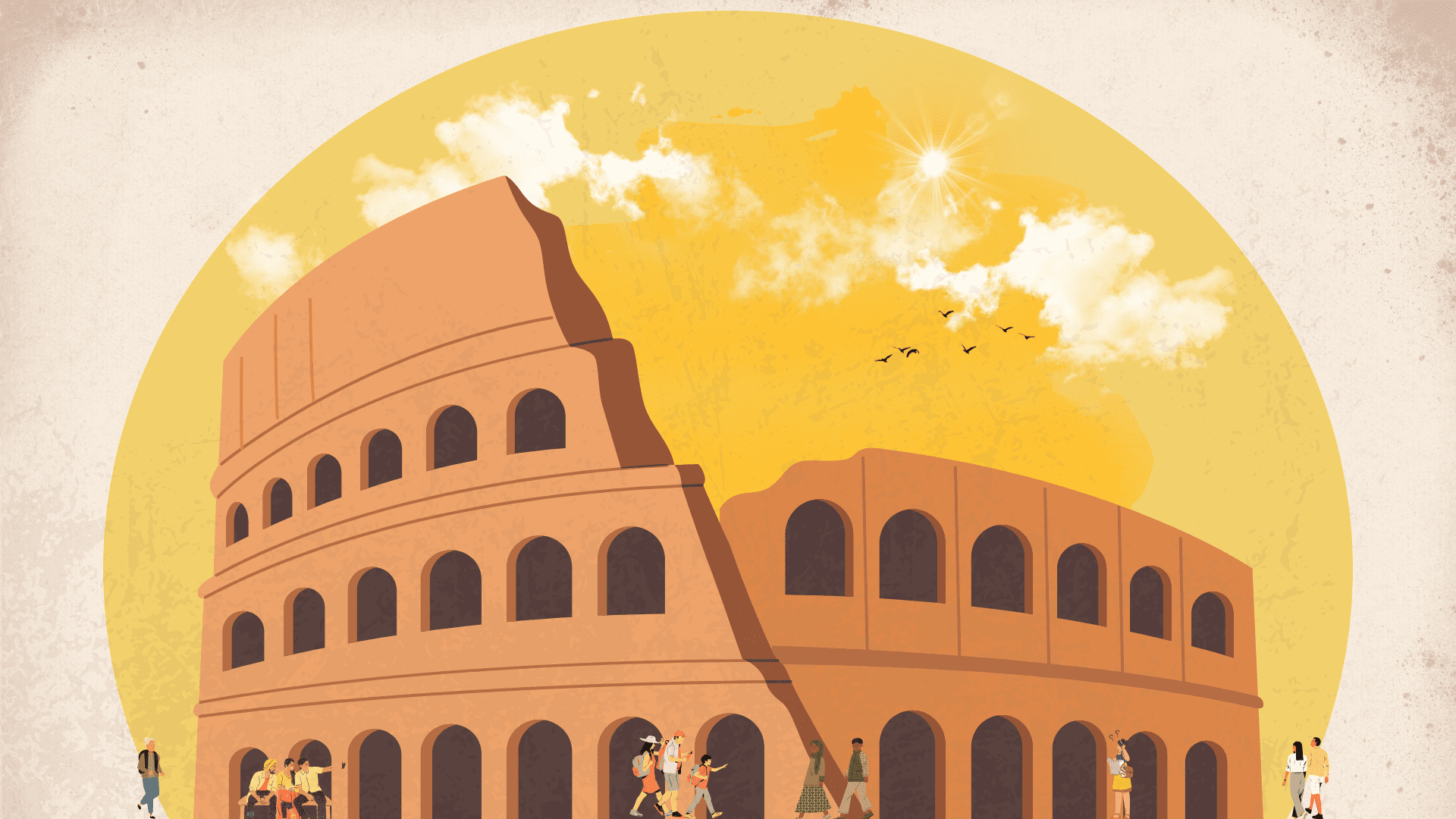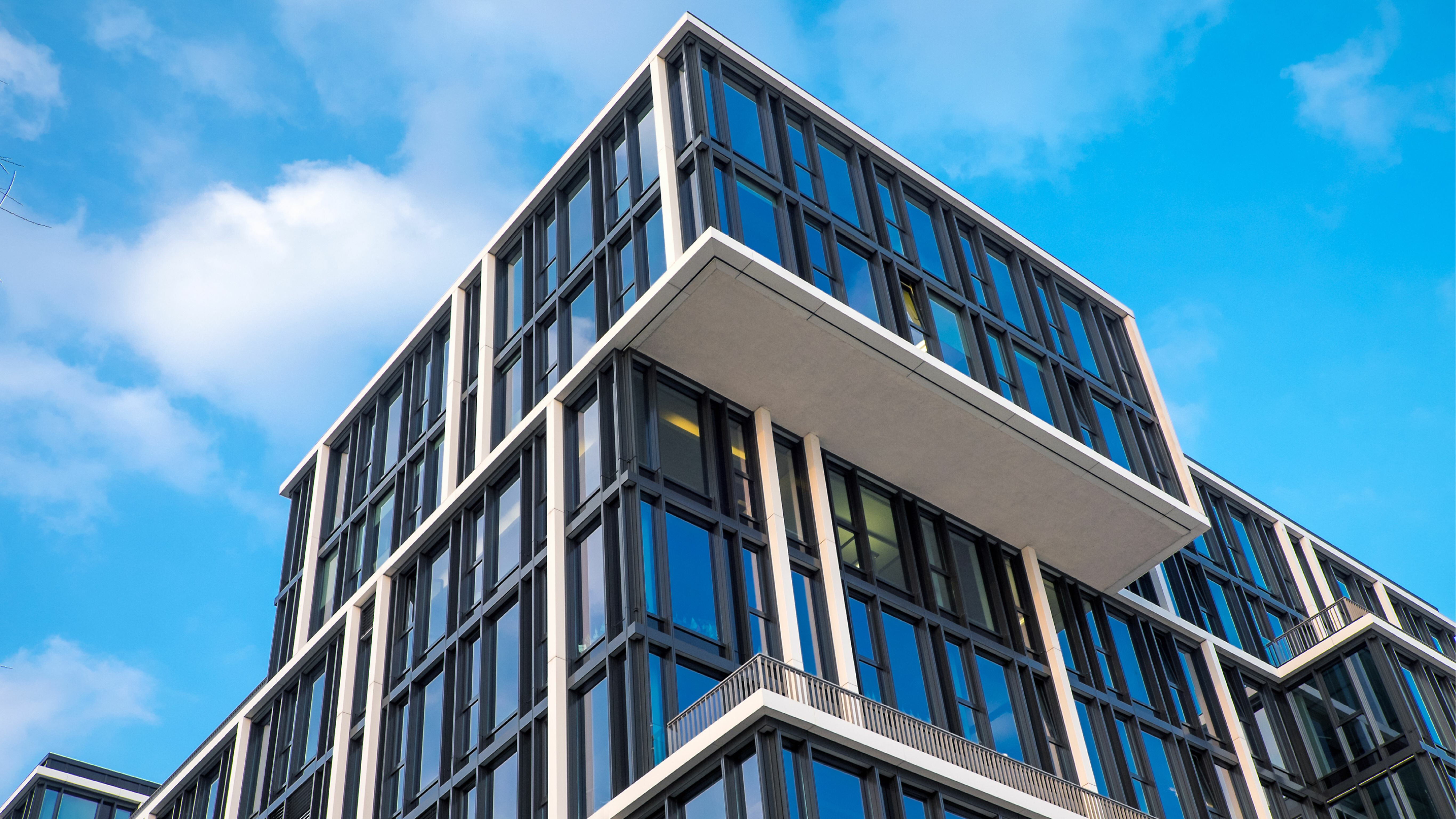19 Jul 2021 | Industry Insights
Simplifying property management with digital twins

The uptake of digital twin technology is becoming more common across many industries, and it is now coming to the fore in the real estate sector. Building owners and end-users are benefitting, and they offer a return on investment in the short term.
Digital twins have many uses such as optimising building performance and predicting failures before they occur. Cost savings are there to be made alongside improved processes and efficiencies. The coronavirus pandemic brought about significant change to the way we work as office buildings were abandoned for home working. Property managers who operate without a digital twin would have found it difficult to adjust as buildings saw a huge reduction in use and there was no way of truly optimising the new environment without using such technology.
One of the biggest benefits of integrating digital twin technology is its ability to deliver real-time analysis and insights into the spaces used within a building. The ability to perform remote actions of the different systems such as HVAC and lighting has given facility managers indispensable control over the changing needs of the built environment.
The pandemic has accelerated the rate at which digital transformation is happening, the ability to simplify processes and provide a vast amount of information was thought to be impossible until the emergence of digital twins.
Digital twins can be the solution in leveraging the potential of IoT devices and achieving the efficiencies on offer due to an inherent ability to visualise data simply and in real-time. They simplify processes by integrating complex IoT systems as well as predicting behaviour within different conditions. Their versatility is unparalleled which makes them suitable for a range of industries and implementing them can transform the way planning, development, operations and maintenance is carried out.
One of the biggest advantages of having a 3D replica of a physical counterpart is the fact it can be used as a safe space to test new changes without incurring the costs of affecting the real-life object.
Multi-property and multi-system managers can find a digital twin to be an invaluable tool. The various sensors can provide a wealth of information and offer two-way interactions with the real world. Being able to manage multiple assets remotely saves time and money as they do not have to attend the locations physically to carry out work, enabling them to focus on what is most important and benefit from increased operational and maintenance efficiency.
Twinview is a browser-based digital twin platform for the property sector connecting building systems’ data to a 3D model viewed on a single dashboard. Twinview becomes your first step to achieving Net Zero by providing continuous live data and an optimised building performance whilst reducing costs and improving the user experience. Book a demo today.
Related insights

Industry Insights
Data Centres: The Hidden Cost of the Cloud
As the cloud expands, so does its unseen demand for water. Data centres worldwide are consuming vast volumes to keep servers cool, creating growing environmental and reputational risks. This article explores how water is becoming the next frontier in data-centre sustainability, and how Twinview’s digital-twin technology is helping operators measure, manage and reduce their impact.
Read more

Industry Insights
Can Digital Twins Help Us Design Buildings That Bring People Together?
Loneliness is increasingly recognised as a public health issue, and the built environment has a role to play in addressing it. A well-designed building can meet every technical standard yet still leave people feeling isolated. Homes, workplaces, campuses and later-living communities often fall short not because they lack function, but because they lack connection. Architects and planners are beginning to ask a deeper question: how can buildings help people feel less alone? This isn’t about surveillance. It’s about feedback, helping designers and operators refine buildings after handover to better support wellbeing and social interaction. Technology won’t solve loneliness on its own, but used responsibly, digital twins like Twinview can guide the creation of buildings that feel more human.
Read more

Industry Insights
Preserving the Past Through the Future: How Digital Twins Are Transforming Heritage Conservation
Discover how digital twins are transforming heritage conservation. Historic buildings face growing threats from climate change, material decay and visitor impact, yet traditional maintenance methods are often reactive and unable to prevent long-term damage. This article explores how digital twins offer a new path to proactive preservation, giving conservation teams powerful insight without compromising historical integrity. Whether a building is centuries old or lacks detailed plans, Twinview enables conservation teams to start small and build meaningful insight step by step. With digital twins, we can shift from reactive repairs to predictive preservation, protecting authenticity while planning confidently for the future. Explore how technology can give history a digital life.
Read more


